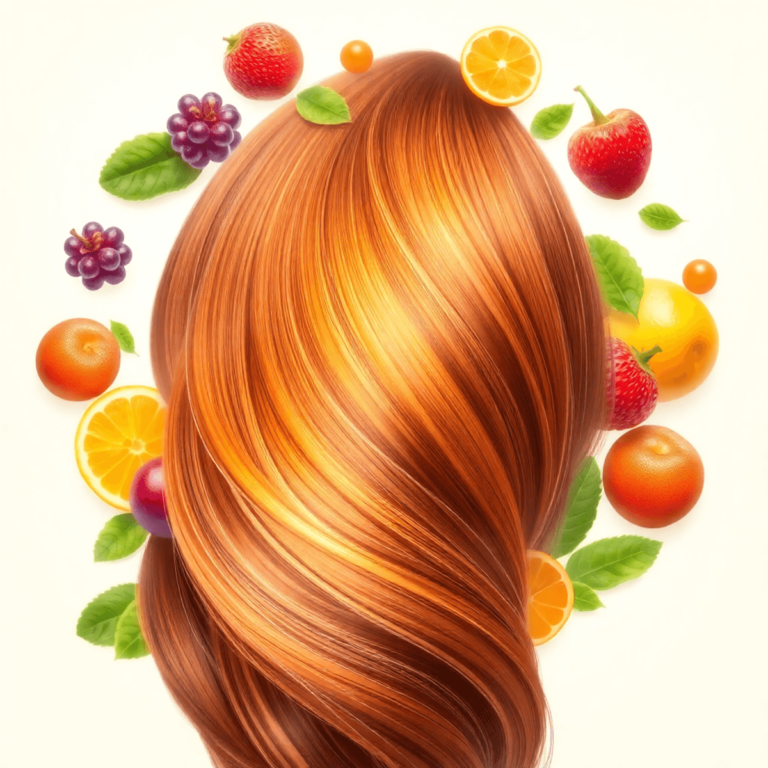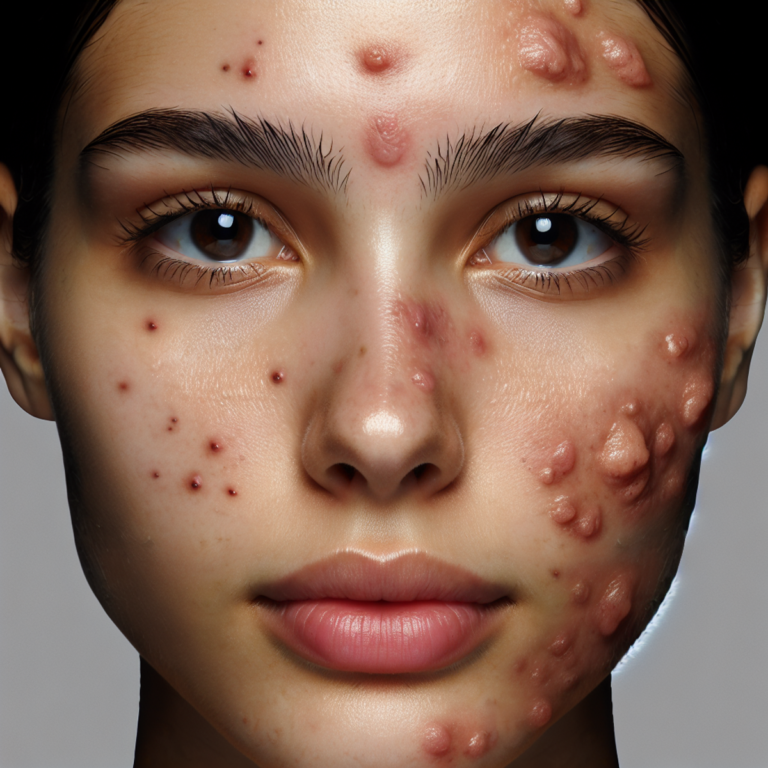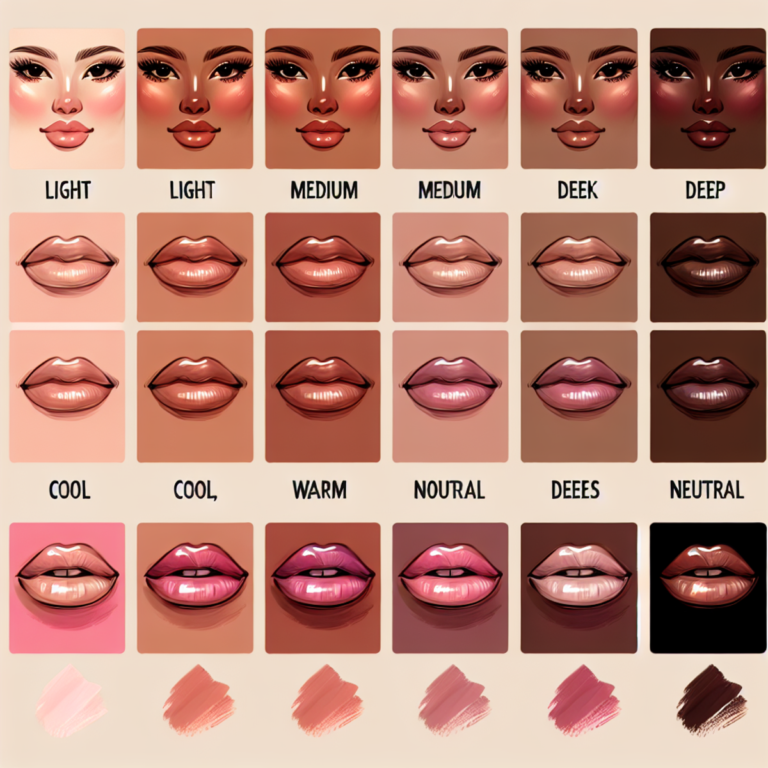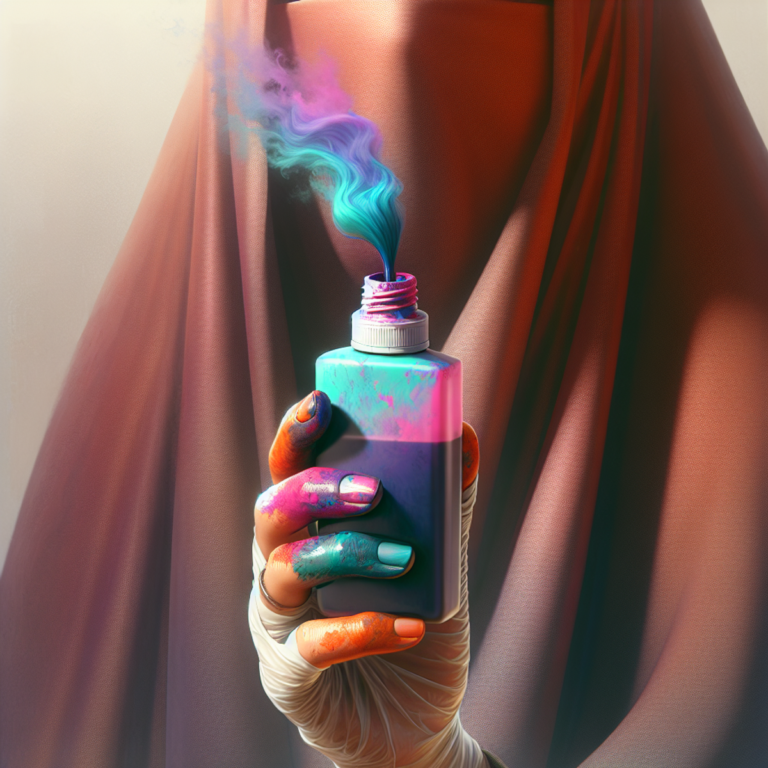How to Get Rid of Hard Pimples: Home Remedies & Treatments

Introduction
Hard pimples can make your skincare routine difficult. These stubborn, painful bumps beneath the surface of your skin – known as nodular or cystic acne – need special care.
Unlike regular pimples, hard pimples develop deep within your skin, creating tender spots that can last for weeks. These annoying blemishes often appear:
- Red and swollen
- Painful to touch
- Resistant to typical acne treatments
- Deep-seated under the skin
- Slow to heal
It’s important to act quickly when dealing with hard pimples. If left untreated, these blemishes can cause:
- Permanent scarring
- Skin discoloration
- Increased inflammation
- Spread of bacteria
- Emotional distress
Your journey to clear skin doesn’t have to be complicated. Whether you’re dealing with occasional breakouts or persistent nodular acne, this guide will show you proven home remedies and treatments to effectively tackle hard pimples. You’ll discover practical solutions – from simple warm compress techniques to powerful over-the-counter treatments – that can help reduce inflammation and speed up healing.
Are you ready to say goodbye to those stubborn bumps? Let’s explore the most effective methods to get rid of hard pimples and restore your skin‘s natural clarity.
Understanding Hard Pimples
Hard pimples are deep, painful bumps that develop beneath your skin’s surface. Unlike regular pimples, these stubborn blemishes feel firm to the touch and can persist for weeks without proper treatment.
Formation Process
Your skin contains countless hair follicles, each connected to sebaceous glands that produce oil (sebum). Hard pimples develop when:
- Dead skin cells mix with excess sebum
- Bacteria multiply within the clogged pore
- White blood cells rush to fight the infection
- Inflammation occurs deep within the skin tissue
This process creates nodules or cysts – the medical terms for hard pimples. These painful lumps can appear on your:
- Face
- Back
- Chest
- Shoulders
- Neck
Common Triggers
Several factors contribute to the development of hard pimples:
- Hormonal ChangesMenstrual cycles
- Puberty
- Pregnancy
- Polycystic ovary syndrome (PCOS)
- Dietary FactorsHigh-glycemic foods
- Dairy products
- Processed foods
- Excessive sugar intake
- Lifestyle ElementsStress levels
- Sleep patterns
- Exercise habits
- Skincare routine
- Environmental InfluencesHumidity
- Pollution
- Sun exposure
- Climate changes
Your genetics also play a significant role in determining your susceptibility to hard pimples. People with oily skin types or a family history of acne tend to experience more severe breakouts.
The inflammation associated with hard pimples can lead to scarring if left untreated. These marks might appear as:
- Dark spots (post-inflammatory hyperpigmentation)
- Raised scars (hypertrophic scarring)
- Indented scars (atrophic scarring)
Understanding these triggers helps you identify potential causes and adjust your lifestyle accordingly. This knowledge forms the foundation for effective treatment strategies and prevention methods.
Home Remedies for Hard Pimples
Treating hard pimples at home requires gentle, consistent care with proven remedies. These effective solutions can help reduce inflammation, speed up healing, and prevent scarring when used correctly.
1. Warm Compresses
A warm compress serves as a powerful first-line treatment for hard pimples. This simple yet effective method works by:
- Increasing blood circulation to the affected area
- Softening the hardened sebum inside the pimple
- Drawing the pus closer to the skin’s surface
- Reducing pain and discomfort
- Speeding up the natural healing process
How to Apply a Warm Compress:
- Clean your hands thoroughly with soap and water
- Soak a clean washcloth in warm (not hot) water
- Wring out excess water until the cloth is damp
- Hold the compress against the affected area for 10-15 minutes
- Repeat this process 3-4 times daily
Pro Tips for Maximum Benefits:
- Use distilled or filtered water to avoid potential irritants
- Replace the washcloth daily to prevent bacterial growth
- Never reuse the same side of the compress on different areas
- Apply gentle pressure – avoid pressing too hard
- Keep the water temperature comfortable – too hot can damage your skin
Important Safety Notes:
- Stop immediately if you experience increased pain or irritation
- Don’t attempt to pop the pimple after applying the compress
- Always follow up with a gentle moisturizer
- Keep the area clean between compress applications
The warm compress method works best when combined with proper skincare habits. You’ll notice reduced swelling within 24-48 hours of consistent application. This treatment proves particularly effective for deep, painful pimples that haven’t reached the surface yet.
Remember to maintain a clean environment during treatment – this includes regularly washing pillowcases and keeping hair away from the affected area. The success of warm compress therapy depends largely on consistency and proper technique.
2. Ice Packs
Ice therapy is an effective treatment for hard pimples, providing quick relief from pain and inflammation. The cold temperature constricts blood vessels, reducing redness and swelling while numbing nerve endings to alleviate discomfort.
Proper Ice Pack Application:
- Wrap ice cubes in a clean, thin cloth or use a specialized ice pack
- Apply to the affected area for 1-2 minutes
- Remove for 3-5 minutes
- Repeat this cycle 3-4 times
- Use this method 2-3 times daily
Benefits of Ice Treatment:
- Reduces inflammation and redness
- Minimizes pore size
- Decreases pain sensation
- Limits bacteria growth
- Prevents scarring
Important Guidelines:
- Never apply ice directly to your skin
- Stop if you experience numbness or burning
- Avoid ice treatment on broken skin
- Keep the ice pack clean to prevent bacterial spread
- Wait at least 2 hours between ice therapy sessions
The effectiveness of ice therapy increases when combined with proper skincare practices. You’ll notice reduced swelling within minutes of application, while consistent use helps speed up the healing process of hard pimples.
For enhanced results, clean your face thoroughly before ice treatment. This removes surface bacteria and allows the cold therapy to penetrate more effectively. The cooling sensation also helps calm irritated skin and reduce the urge to touch or pick at the affected area.
3. Topical Treatments
Over-the-counter topical treatments are powerful allies in your battle against hard pimples. These readily available solutions contain active ingredients scientifically proven to combat stubborn acne.
1. Benzoyl Peroxide
Benzoyl peroxide is a widely used ingredient known for its effectiveness in treating acne. Here’s what you need to know about it:
- How it works: Benzoyl peroxide kills the bacteria responsible for acne, reduces inflammation, and unclogs pores.
- Concentration options: It is available in concentrations ranging from 2.5% to 10%. Start with a lower concentration to minimize skin irritation.
- Application method: Apply a thin layer of benzoyl peroxide to the affected areas once daily, preferably at night.
2. Salicylic Acid
Salicylic acid is another popular ingredient that can help with stubborn pimples. Here’s what you should know:
- How it works: Salicylic acid penetrates deep into the skin’s layers, unclogs pores, and prevents future breakouts.
- Concentration options: Look for products containing 0.5% to 2% salicylic acid.
- Formulations: Salicylic acid can be found in various forms such as cleansers, toners, and spot treatments.
3. Tea Tree Oil
If you prefer natural remedies, tea tree oil may be worth considering. Here’s what you need to know:
- How it works: Tea tree oil has natural antimicrobial properties that can help reduce inflammation and redness associated with pimples.
- Dilution method: Before applying tea tree oil directly to hard pimples, dilute it with a carrier oil (such as coconut or jojoba oil) to avoid skin irritation.
- Application method: Use a cotton swab to apply diluted tea tree oil directly onto the affected areas once or twice daily.
4. Retinoids
For more severe cases of acne or if you’re looking for long-term solutions, retinoids might be beneficial. Here’s what you should know:
- How it works: Retinoids accelerate skin cell turnover and prevent clogged pores.
- Strength options: There are different strengths of retinoids available; start with adapalene, which is known as the gentlest retinoid.
- Application method: Apply retinoids at night on clean, dry skin.
When using these treatments, remember to:
- Patch test new products on a small area first
- Allow 4-6 weeks for visible results
- Use sunscreen during the day
- Keep your skin moisturized to prevent dryness
- Avoid combining multiple active ingredients at once
Pro tip: For maximum effectiveness, apply your chosen treatment after cleansing and before moisturizing.
4. Hydrocolloid Acne Patches
Hydrocolloid acne patches serve as protective barriers that create an optimal healing environment for hard pimples. These small, adhesive patches contain gel-forming agents that absorb excess fluid and pus from the affected area while keeping the skin protected from external irritants and bacteria.
How Hydrocolloid Patches Work:
- Create a moist environment that speeds up healing
- Draw out impurities from deep within the pimple
- Prevent picking and touching of the affected area
- Reduce redness and inflammation
- Protect the skin from environmental factors
Tips for Using Acne Patches Effectively:
- Clean and dry your skin thoroughly before application
- Apply the patch directly on the pimple, ensuring complete coverage
- Leave the patch on for at least 6-8 hours (overnight is ideal)
- Replace with a new patch if needed until the pimple has flattened
Best Practices:
- Use patches on pimples that have come to a head
- Apply patches to clean, product-free skin
- Avoid layering skincare products under the patch
- Choose the right size patch for complete coverage
- Remove the patch gently to prevent skin irritation
The white or cloudy spot you’ll notice on the patch after removal indicates the absorption of fluids and debris from your pimple. You might need to use multiple patches over several days for stubborn hard pimples. These patches work particularly well for pimples in their later stages, when they’ve developed a visible head.
5. Gentle Cleansing and Exfoliation
A consistent skincare routine forms the foundation of clear, healthy skin. Your daily cleansing ritual removes dead skin cells, excess oil, and bacteria that contribute to hard pimples.
Choosing the Right Cleanser:
- pH-balanced, fragrance-free formulas
- Non-comedogenic ingredients
- Gentle, sulfate-free options
- Look for ingredients like glycerin or ceramides
Effective Cleansing Technique:**
- Use lukewarm water
- Massage cleanser gently for 60 seconds
- Pat dry with a clean towel
- Clean your face twice daily
Smart Exfoliation Practices:**
- Start with once-weekly exfoliation
- Choose chemical exfoliants over physical scrubs
- BHA (salicylic acid) works best for acne-prone skin
- AHA (glycolic acid) helps with surface-level dead skin cells
Best Exfoliating Ingredients:**
- 2% Salicylic acid
- 5-10% Glycolic acid
- Lactic acid for sensitive skin
- Enzyme exfoliants from papaya or pineapple
Warning Signs to Watch:**
- Redness
- Burning sensation
- Increased sensitivity
- Tight, dry feeling
Your skin needs time to adjust to new products. Start with gentle formulations and gradually increase frequency based on your skin’s response. Skip exfoliation on active breakouts or irritated areas.
Remember to patch test new products on a small area for 24 hours before full application. This practice helps prevent adverse reactions and ensures your chosen products work effectively for your skin type.
6. Natural Remedies to Consider
Nature offers powerful solutions for treating hard pimples. These natural ingredients can reduce inflammation, fight bacteria, and promote healing without harsh chemicals.
1. Raw Honey
- Apply a thin layer of raw honey directly to the affected area
- Leave on for 15-20 minutes before rinsing
- Contains natural antibacterial properties and helps retain skin moisture
2. Aloe Vera
- Extract fresh gel from an aloe leaf
- Apply directly to hard pimples
- Rich in vitamins A, C, and E, promoting skin healing
- Contains natural anti-inflammatory compounds
3. Green Tea Extract
- Brew green tea and let it cool
- Apply with a cotton ball to affected areas
- Contains polyphenols that reduce sebum production
- Helps minimize inflammation and redness
4. Tea Tree Oil
- Mix 1-2 drops with a carrier oil like jojoba
- Apply the diluted mixture to hard pimples
- Powerful antimicrobial properties
- Helps reduce inflammation and redness
5. Turmeric Paste
- Mix turmeric powder with water or honey
- Apply as a spot treatment
- Contains curcumin, a natural anti-inflammatory compound
- Helps reduce swelling and redness
6. Apple Cider Vinegar
- Dilute with equal parts water
- Apply using a cotton swab
- Natural astringent properties
- Helps balance skin pH levels
These natural remedies work best when used consistently as part of your skincare routine. Each person’s skin responds differently to treatments, so you might need to experiment to find what works best for you.
When to Seek Professional Help for Hard Pimples?
You need to consult a dermatologist if you notice these warning signs:
- Deep, Painful Nodules: Multiple hard pimples that form deep under your skin and cause constant pain
- Scarring: Your acne leaves permanent marks or indentations on your skin
- Widespread Breakouts: Hard pimples spread across large areas of your face, chest, or back
- Resistance to Over-the-Counter Treatments: Your acne doesn’t respond to home remedies or drugstore products after 4-6 weeks
- Emotional Distress: Your acne significantly impacts your self-esteem or social interactions
Additional Red Flags:
- Dark spots that persist after pimples heal
- Cysts larger than 1 centimeter in diameter
- Bleeding or oozing from pimples
- Severe inflammation with redness and swelling
- New breakouts appearing before old ones heal
A dermatologist can provide prescription-strength treatments such as:
- Oral antibiotics to fight bacteria
- Isotretinoin for severe cases
- Hormonal medications
- Professional extractions
- Cortisone injections for individual cysts
You should also seek professional help if you experience sudden adult acne, as this could indicate underlying health conditions like PCOS or hormonal imbalances that require medical attention.
Remember: Attempting to extract or pop deep, hard pimples at home can lead to infection and permanent scarring. Professional intervention helps prevent these complications and provides targeted treatment options.
Professional Treatments for Hard Pimples
Professional dermatological treatments offer powerful solutions for stubborn hard pimples. Here are the most effective medical interventions:
Prescription Medications
- Topical Retinoids: Tretinoin and adapalene help unclog pores and promote cell turnover
- Antibiotics: Both oral and topical antibiotics target bacteria-causing inflammation
- Isotretinoin: A powerful oral medication for severe nodular acne cases
In-Office Procedures
- Cortisone Injections: Quick relief for large, painful pimples within 24-48 hours
- Chemical Peels: Professional-strength acids remove dead skin cells and reduce scarring
- Laser Therapy: Targets inflammation and helps minimize acne scars
- Photodynamic Therapy: Light-based treatment reduces oil production and bacteria
Extraction Procedures
- Professional extraction by a dermatologist using sterile tools
- Drainage of deep cysts to prevent scarring
- Immediate relief from pressure and pain
Combination Therapies
- Customized treatment plans combining multiple approaches
- Regular monitoring and adjustment of treatments
- Prevention strategies integrated with active treatments
These professional treatments work best under proper medical supervision. Your dermatologist will create a personalized treatment plan based on your skin type, acne severity, and medical history.
Duration and Healing Process of Hard Pimples
Hard pimples require patience during the healing process. The typical healing timeline spans 1-2 weeks with proper treatment, though some cases might extend up to 4 weeks.
Key Healing Timeline Factors:
- Skin Type
- Oily skin types might experience slower healing
- Sensitive skin requires gentler treatment approaches
- Combination skin needs balanced care strategies
- Severity Level
- Surface-level pimples: 3-7 days
- Deep nodular pimples: 2-4 weeks
- Cystic acne: Up to 8 weeks
- Treatment Method
- Professional treatments speed healing to 3-5 days
- Home remedies typically take 7-14 days
- No treatment can extend healing to several weeks
External Factors Affecting Healing:
- Stress levels
- Sleep quality
- Hormone fluctuations
- Diet choices
- Environmental conditions
- Skincare routine consistency
The healing process progresses through distinct stages: inflammation, healing, and skin restoration. Each stage’s duration varies based on your skin’s response to treatment and your body’s natural healing abilities.
Signs of Normal Healing:
- Reduced redness
- Decreased swelling
- Diminishing pain
- Gradual flattening
- Lighter post-inflammatory marks
Your skin‘s healing capacity peaks during sleep, making nighttime skincare routines particularly important for recovery. Maintaining consistent treatment application helps optimize the healing timeline.
Prevention Strategies Against Future Breakouts
Preventing hard pimples requires a comprehensive approach to skincare and lifestyle habits. Here’s your action plan to stop breakouts before they start:
Skincare Routine Essentials
- Use non-comedogenic products labeled “oil-free” or “won’t clog pores”
- Change pillowcases twice weekly to prevent bacteria buildup
- Clean your phone screen daily with antibacterial wipes
- Wash makeup brushes weekly using gentle soap
Dietary Adjustments
- Increase intake of zinc-rich foods (pumpkin seeds, lean meats)
- Add antioxidant-packed fruits and vegetables to your meals
- Reduce dairy consumption
- Stay hydrated with 8-10 glasses of water daily
Stress Management
- Practice 10 minutes of daily meditation
- Engage in regular physical activity
- Get 7-8 hours of quality sleep
- Try stress-reducing activities like yoga or journaling. Incorporating some nutritional strategies to ease anxiety can also be beneficial.
Environmental Factors
- Keep hair clean and away from your face
- Avoid touching your face throughout the day
- Wear breathable fabrics during exercise
- Shower immediately after sweating
Supplement Support
- Consider taking vitamin D supplements
- Add omega-3 fatty acids to your diet
- Include probiotics for gut health
- Consult with healthcare providers about zinc supplements
These prevention strategies work best when implemented consistently. Track your skin‘s response to different methods and adjust your routine accordingly. Remember that prevention is easier than treatment – investing time in these practices can significantly reduce future breakouts.
Conclusion: Achieving Clear Skin Starts from Within!
Getting rid of hard pimples requires a holistic approach that combines effective treatments with lifestyle changes. Your skin’s health reflects your internal well-being, making it essential to:
- Nourish your body with a balanced diet rich in vitamins and minerals
- Stay consistent with your chosen treatment methods
- Listen to your skin’s needs and adjust your skincare routine accordingly
- Practice patience as healing takes time
Remember: The best way to get rid of pimples involves both treating existing breakouts and preventing new ones. Whether you’re dealing with facial acne or pimples on buttocks, the right combination of home remedies and professional treatments can help you achieve clear, healthy skin. The journey to clear skin might take time, but implementing these strategies will set you on the path to lasting results.
FAQs (Frequently Asked Questions)
What are hard pimples and how do they form?
Hard pimples, also known as nodular or cystic acne, are characterized by their firm texture and can be painful. They form when hair follicles become clogged with excess oil, dead skin cells, and bacteria. This blockage leads to inflammation and the development of hard lumps beneath the skin.
What are some effective home remedies for getting rid of hard pimples?
Effective home remedies for hard pimples include applying warm compresses to reduce inflammation, using ice packs to alleviate pain and swelling, and utilizing topical treatments with ingredients like benzoyl peroxide or tea tree oil to unclog pores and reduce bacteria.
How can warm compresses help with hard pimples?
Warm compresses can help by increasing blood circulation to the affected area, which promotes healing. They also help to soften the pimple, making it easier for the body to drain any pus or fluid trapped inside, thereby reducing inflammation.
Are ice packs beneficial for treating hard pimples?
Yes, ice packs can be beneficial as they help reduce swelling and numb the pain associated with hard pimples. It is recommended to apply an ice pack for about 10-15 minutes at a time several times a day.
What topical treatments can be used for hard pimples?
Over-the-counter topical treatments such as benzoyl peroxide, salicylic acid, and tea tree oil can be effective against hard pimples. These ingredients work by unclogging pores, reducing inflammation, and fighting bacteria.
What are hydrocolloid acne patches and how do they work?
Hydrocolloid acne patches are adhesive patches that are placed over pimples. They work by absorbing excess fluid from the pimple while creating a moist environment that promotes healing. These patches can also help prevent picking at the blemish.










